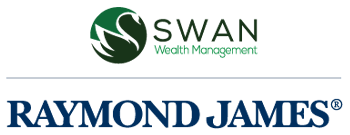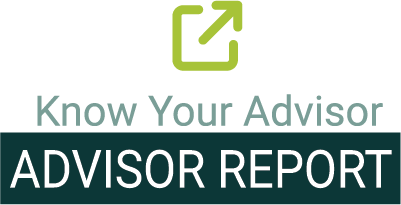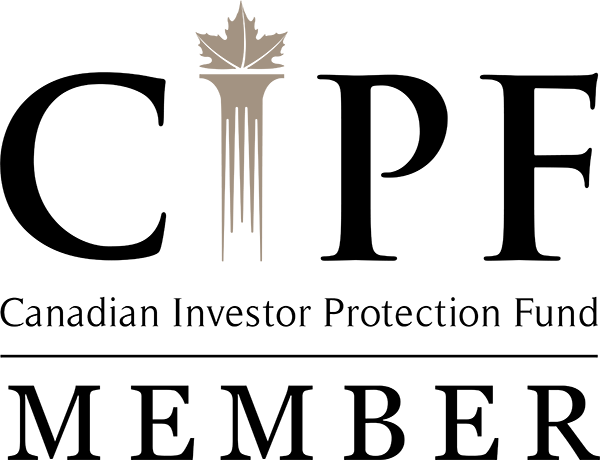American Retiring to Canada
12 Tips for Living and Retiring in Canada as an American
Written by John Woodfield, Portfolio Manager, CIM® CFP®
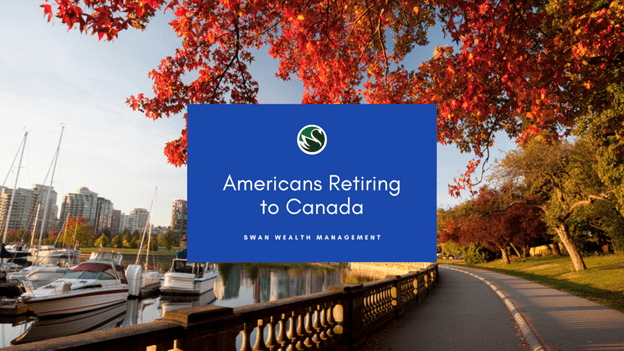
Before we get into the top 12 tips all Americans retiring to Canada need to know, we’ll cover some basics.
As a cross-border financial advisor, I speak with hundreds of U.S. and dual citizens about their move across the border. Many people wish they had received better advice before their move.
People often get excited about their move, purchasing a new home and starting a new adventure. In this process, they forget to do their cross-border investment planning and tax planning.
But it’s in these two areas where you’ll encounter many pitfalls.
TABLE OF CONTENTS
- Is It Possible for a U.S. Citizen To Retire in Canada?
- Pros and Cons of Retiring in Canada as an American
- Is Canada a Good Place To Retire?
- Dual Citizen Retiring in Canada
- 12 Tips for Americans Retiring in Canada
If there’s only one thing that you take away from this article, it should be to speak with a cross-border professional before you move. Ideally, it would be best to speak with a cross-border financial advisor and accountant before you begin the process.
Investments, trusts, taxes, and estate planning all work differently in Canada, so it’s essential to be prepared.
Is It Possible for a U.S. Citizen To Retire in Canada?
Yes, it is possible for a U.S. citizen to retire in Canada. However, it’s important to consider this plan of action carefully and be prepared. U.S. citizens have to be careful with residency rules, tax rules and a variety of other things. Canada and the U.S. have very different ways of determining residency and vastly different tax systems. These are the areas where retirees can be tripped up, if not careful. Expert tax, legal and investment advice is a must.
Pros and Cons of Retiring in Canada as an American
Pros of Retiring in Canada
- Canada is a safe and inviting country with all the services that exist south of the border.
- Canada has a great health care system that is available to all Canadians.
- Canada offers world-class and very livable cities and non-urban locations.
Cons of Retiring in Canada
- The weather can get a little cold in the winter.
- Taxes are much higher than in most of the U.S., and filing separate returns can be costly.
- Health care, though good, does often involve longer wait times than in the U.S.
Is Canada a Good Place To Retire?
Canada is an excellent place to retire. Most Canadian regions have beautiful summers and lots of winter activities. There are many airports with access to both the U.S. and the rest of the world. The cities are safe and clean, and health care is world-class.
Dual Citizen Retiring in Canada
Citizens of the U.S. who are also Canadian citizens have the best of both worlds. They have access to Canadian health care and other benefits of being a Canadian citizen. Also, they often have very generous social security in the U.S., Canadian OAS/CPP and coverage from U.S. medical. Pension plans and IRA/401(k) plans can be maintained, as can plans such as Roth IRAs, so long as a declaration is made to the Canada Revenue Agency. Those that take the time to plan ahead can structure their affairs very soundly.
12 Tips for Americans Retiring in Canada
Tip #1: Know Your Visa Options
The easiest route for a retirement-aged person to live in Canada is as a visitor. You have to go through an official immigration program to become a permanent resident. Canada’s provinces and territories play an important role in determining new immigrants (the Provincial Nominee Program, or PNP, offers a starting point for U.S. citizens). Express Entry offers another avenue for those who qualify.
Tip #2: Look At Permanent Residency Options
Permanent resident applications are submitted under family-related and humanitarian classes. Family reunification, social and other humanitarian reasons are ways that people can be selected. Members of a family, including common-law spouses, protected persons and temporary residents are all classes that have special treatment.
The PR (permanent resident) card is proof of permanent resident status. A PR card or permanent resident travel document (PRTD) is required to travel to Canada by commercial carrier. Permanent residents have to comply with residency obligation rules in order to maintain their status.
Tip #3: Plan Your Retirement Income Streams
U.S. retirees in Canada often have a pension plan, social security, IRAs, 401(k)s and Roth IRAs. These plans generally remain intact, and any plan that generates taxable income will now generate Canadian taxable income.
Tip #4: Speak With a Cross-Border Financial Advisor Early
The earlier you plan your move, the better. Connecting with a cross-border advisor makes sense, as soon as you start to explore a potential move. There are many items that you can adjust before moving that will be beneficial from a tax point of view.
There are also plenty of mistakes that people make when they don’t seek advice before moving. We’ve spoken to many Americans who have already moved to Canada and encountered costly pitfalls they wish they’d been able to avoid.
Tip #5: Don’t Forget About Tax Planning
Taxes are a major part of the move, so fully understanding what you are getting into is vital. The tax systems are different. It is important to have a cross-border tax and advisory team behind you to make sure you are not double taxed or tripped up on any unforeseen rule or regulation. U.S. persons are obligated to file U.S. taxes even if they live in Canada.
In addition, if you are a Canadian resident, you are required to file Canadian taxes. The system is set up to avoid double taxation. Careful planning and professional assistance help ensure that everything is completed as it should be.
Tip #6: Avoid PFICs After Moving to Canada
PFIC stands for passive foreign investment company. These are to be avoided because they have negative tax consequences for U.S. persons. Canadian mutual funds, exchange-traded funds and a variety of other non-U.S. investments are PFICs.
In short, a PFIC is a non-U.S. corporation that has at least 75 per cent of its gross income considered passive income, or at least 50 per cent of the company's assets are investments that produce passive income. Passive income can include dividends, interest, rent, royalties and capital gains.
Tip #7: Be Aware of the Housing Market in Canada
Most of the larger Canadian cities have seen housing prices rise substantially over the past decade. Also, rental units can be hard to find and are also pricey. Cost is a major deterrent when moving to cities such as Toronto or Vancouver. Fortunately, there are many other great options for Americans moving to Canada.
Tip #8: Understand the Health Care System
Medicare refers to the Canadian publicly-funded health care system. Rather than having one national plan, there are 13 health care insurance plans providing all Canadian residents with access to services without paying out of pocket. The provincial/territorial governments are responsible for the management, organization and delivery of health care.
The federal government is responsible for national standards, funding support and health care-related functions. In some provinces, new residents will have access to provincial health insurance coverage immediately, while others require a waiting period of up to three months.
Tip #9: Have a Plan for Your Investments, Including Roth IRAs and 401(k)s
It is important to look closely at your investments because many adjustments should be completed before becoming a Canadian resident. IRAs, pensions and Roth IRAs seldom have to be adjusted before becoming a Canadian resident, though moving funds to a Roth has to be completed beforehand.
IRAs and other pension plans remain intact once becoming a Canadian resident, though the holders of these plans will need to work with a cross-border licensed advisor to maintain these plans in most cases. Any non-exempt holdings have to remove mutual funds. Be sure to avoid PFICs, as mentioned above, when reinvesting the funds in Canada.
Related Article: How to Transfer Your 401(k) to Roth IRA While Still Employed
Tip #10: Know the Pros and Cons of Bringing Your Car
Bringing a car to Canada can be tricky due to regulations around what is allowed and not allowed on a car in Canada. There are sanctioned garages, such as Canadian Tire, that can check your car and make the necessary adjustments. Our recommendation is to shop around even within one network of stores (such as Canadian Tire) because the interpretation of the rules and regulations can vary.
Tip #11: Build Credit
Credit generally does not follow an immigrant to Canada, so building up new credit is very important. We recommend getting a Canadian bank account, credit cards and whatever else a new resident can use to build a credit history. Also, it is very important to have all wills and powers of attorney updated by both a Canadian lawyer and a U.S. lawyer for U.S.-based assets.
Tip #12: Know the Cultural Differences
Canada and the U.S. share a common culture, though there are a few smaller items that are handy to know before making Canada home. We love hockey, are proud of our Mounties, call our one-dollar coin the loonie and the two-dollar coin the toonie. We call a beanie a toque and order a double-double at Tim Horton’s. We like to think we don’t keep saying “Eh,” but we do.
Common Questions About Americans Retiring in Canada
Can a U.S. citizen move to Canada and still collect Social Security?
Yes, entitlements such as social security do not stop when a person moves to Canada.
Can you move to Canada if you're retired?
Yes, you can definitely move to Canada under a variety of circumstances, though it is much easier to gain entry while working.
Can a 65-year-old immigrate to Canada?
This can be done via a variety of methods. There is no limit to the age at which a candidate can apply for permanent residency through Express Entry. The chances do fall dramatically when the applicant is older. Express Entry is the main way the Canadian government provides permanent residence to skilled workers.
Summary of Key Points:
- When moving to Canada, plan well ahead.
- Watch for potential Canadian and U.S. tax traps.
- Make sure you have Canadian and U.S. wills.
Next Steps
If you’re an American living in Canada or are planning on moving to Canada and need assistance with moving and optimizing your investments, estate planning, wealth management and portfolio management, please get in touch. At SWAN Wealth, we specialize in Canadian financial planning, cross-border financial planning and cross-border wealth management.
More Cross-Border Financial Planning Articles & Guides
If you’re planning a cross-border move, these articles and guides will help you simplify your move and ensure you’ve covered everything.
Cross-Border Estate Planning Guide
Roth IRA Canada: How to Manage Your Investments Across the Border
401k in Canada - How to Stay Onside with the IRS and Avoid a Large Tax Bill
Financial and Tax Planning for U.S. Citizens Living in Canada
Canadian RRSP Facts for Dual Citizens, Expats and Canadians
About the Author
John Woodfield is a Financial Management Advisor (FMA), a Chartered Investment Manager (CIM), and a Certified Financial Planner (CFP). In 2007, John was inducted as a Fellow of the Canadian Securities Institute (FCSI). As a portfolio manager and CFP®, he works with clients across Canada and the USA. John Woodfield’s clients are families, individuals and business owners who understand the importance of comprehensive wealth and investment plans driven by the lifestyle they want to lead.
Schedule a Call
Schedule a 15-minute introductory call with SWAN Wealth Management. Click here to schedule a call.
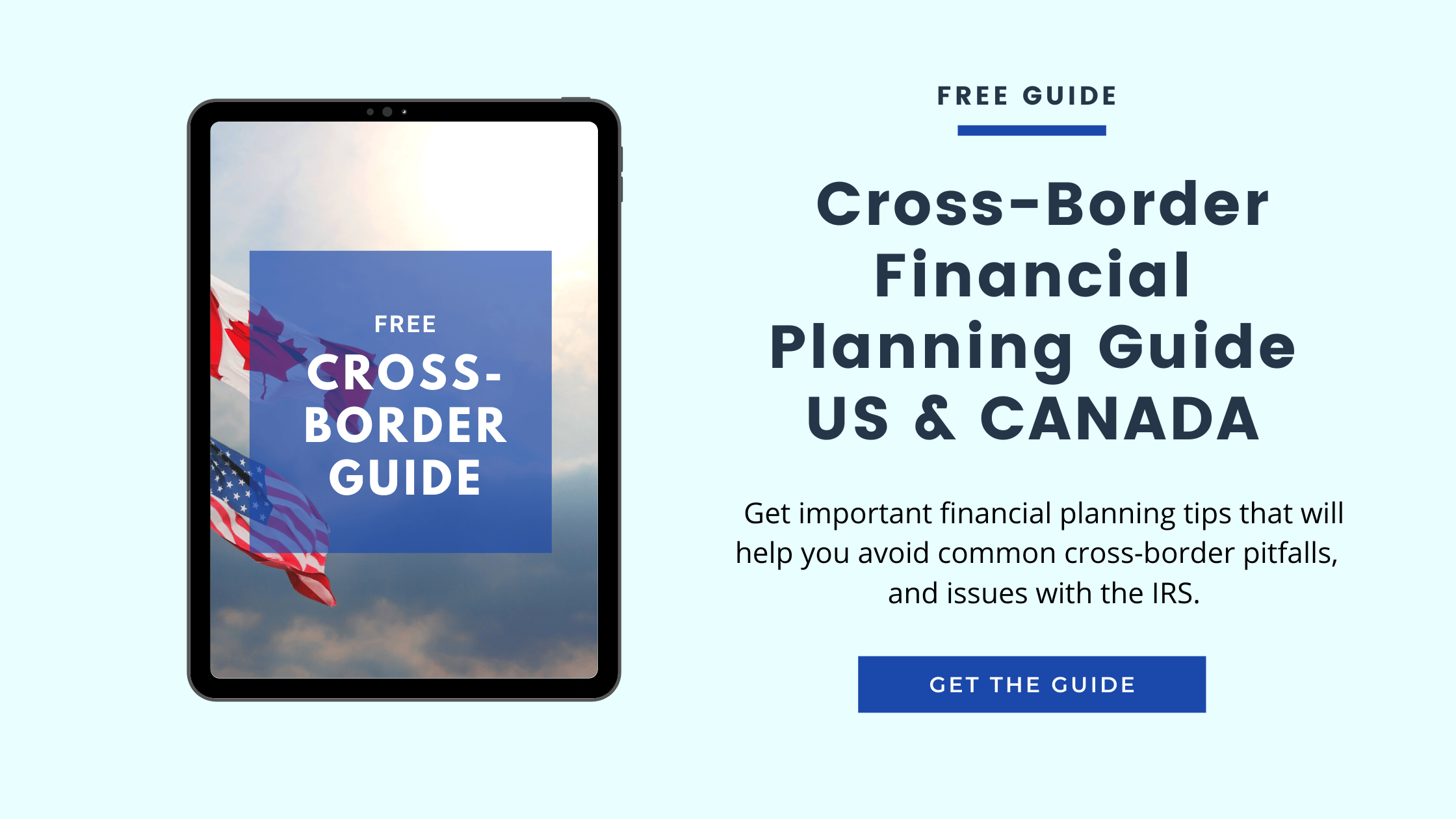
Information in this article is from sources believed to be reliable, however, we cannot represent that it is accurate or complete. It is provided as a general source of information and should not be considered personal investment advice or solicitation to buy or sell securities. The views are those of the author, SWAN Wealth Management, and not necessarily those of Raymond James Ltd. Investors considering any investment should consult with their Investment Advisor to ensure that it is suitable for the investor’s circumstances and risk tolerance before making any investment decision. Raymond James Ltd. is a Member - Canadian Investor Protection Fund. Raymond James (USA) Ltd., member FINRA/SIPC. Raymond James (USA) Ltd. (RJLU) advisors may only conduct business with residents of the states and/or jurisdictions for which they are properly registered.
